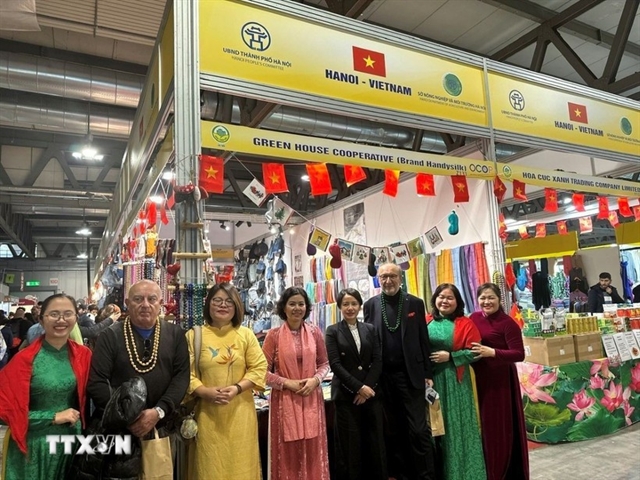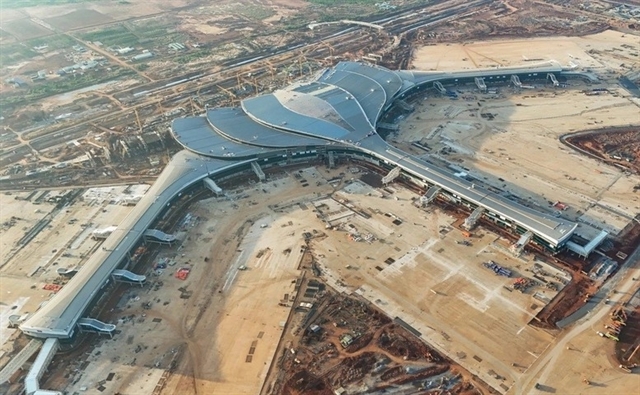 Economy
Economy

 |
| Foreign visitors in Hà Nội during Tết (Lunar New Year) Holiday. Tourism is expected to be a key driver of growth for Việt Nam's economy in 2025. VNA/VNS Photo Minh Quyết |
HÀ NỘI — Việt Nam’s economy is projected to grow by 6.7 per cent in 2025, according to Standard Chartered’s latest macro-economic update.
Growth is expected to moderate from 7.5 per cent year-on-year in H1 to 6.1 per cent in H2, driven by increased business activity and sustained foreign investment.
Việt Nam’s GDP grew 7.1 per cent in 2024, well above the Government’s target of 6.5 per cent, supported by accommodative monetary policy and strong retail sales.
However, recent data shows a moderation, particularly in the property sector, which continues to struggle despite early signs of recovery.
Inflation rose to 3.6 per cent year-on-year in January 2025 (from 2.9 per cent), marking the sixth straight month staying below 4 per cent.
Increases in the prices of transportation and food during the Tết (Lunar New Year) holidays are the main factors that drove the pace of inflation in January, according to the General Statistics Office (GSO).
Inflationary pressures could intensify in 2025, driven by rising costs in health care, housing, construction materials and food. The central bank may face challenges if inflation picks up in Q2, which could complicate economic recovery efforts.
According to Standard Chartered’s economists, CPI inflation is expected to continue to rise on an annual basis in the coming years.
Other key January macro indicators showed a moderation in domestic and external data, however, electronics exports continued to improve.
Việt Nam’s large trade surplus with the US could attract increased scrutiny under the new US administration. While the external position remains solid, certain risks persist: the monthly trade surplus has narrowed recently; proposed rule changes may disqualify minimally processed imported goods from carrying the “Made in Vietnam” label, affecting supply chains; the relocation of global production to Việt Nam may also raise concerns about overcapacity and pricing pressures.
The Vietnamese đồng remains a managed currency, limiting short-term FX volatility. Despite a historical fiscal deficit averaging around 2 per cent of GDP in the past two decades, Việt Nam’s economic fundamentals remain strong.
The central bank may need to accumulate FX reserves to prevent excessive Vietnamese đồng appreciation.
Tourism is expected to be a key driver of growth, supported by increased international arrivals and the return of Chinese tourists. Meanwhile, credit growth is forecast at 16.0 per cent in 2025, loans grew 15.1 per cent in 2024, though lending activity remains cautious.
Lower US interest rates may help reduce capital outflows, but Việt Nam’s low import cover remains a challenge. Additionally, commodity prices – especially oil – remain a risk factor.
Tim Leelahaphan, Senior Economist for Thailand and Vietnam, Standard Chartered Bank, said: “The Government’s focus for stronger economic growth may support low interest rates in the near term.
"However, we anticipate rate normalisation in Q2, with the State Bank of Việt Nam (SBV) expected to hike rates by 50bps in Q2-2025. With inflation dynamics, Fed policies, and the performance of the Vietnamese đồng playing a key role, the SBV’s monetary policy decisions will be crucial in maintaining economic stability and growth in 2025.
"Ensuring sustainable growth will require diversifying the economy and increasing preparedness for natural disasters.” — VNS




